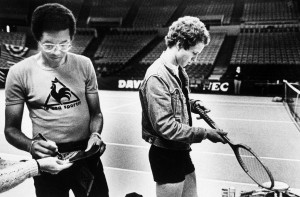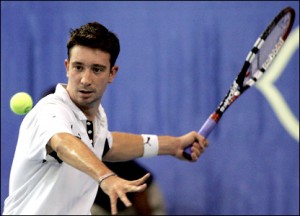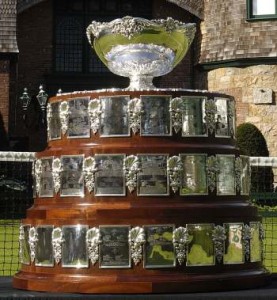The Best Tennis Teams in Davis Cup History. 2
The Davis Cup competition has been in existence since the start of the 20th century. Today, it is a function of the ITF (International Tennis Federation), but its beginnings were not nearly so formal.
It began as a challenge between the United States and Great Britain to determine who had the best tennis players—the concept dreamed up by some Harvard tennis players.
One of the Harvard fellows bought the silver cup awarded annually—Dwight Davis. Therefore, the name of the tournament evolved from International Lawn Tennis Challenge to the Davis Cup after the man whose trophy was awarded to team winners.
The challenge gradually expanded to add France, Belgium, Austria and Australia in 1905. By 1920, the number of teams participating had increased to over 20 and, by 1969, to over 50.
By now, the Davis Cup competition includes 123 nations who participated in 2012. In 2007, 137 countries were represented—a far cry from the two nations who began the series.
The United States has won the trophy the most with 32 wins. Australia has won it 28 times, with Great Britain and France each winning nine times. Sweden brought home the cup seven times.
Early on, it was easier to repeat as champion because prior to 1972, if a team won the Davis Cup in the previous year, the following year, the team just had to play one tie—the final, while the “challengers” had to fight it out in zonal competitions throughout the year.
The evolution of the format has been very interesting and necessary with over 100 teams participating every year.
Throughout its long history, the Davis Cup has fielded some remarkable teams that dominated the competition for over a year—often several years.
Here are the best teams in Davis Cup History.






